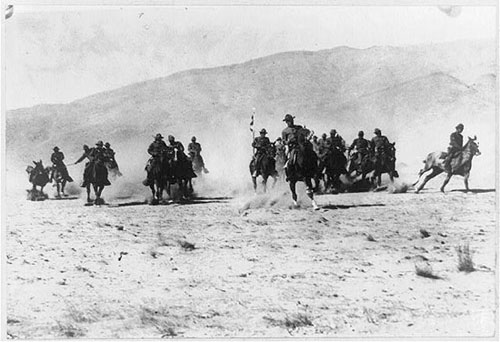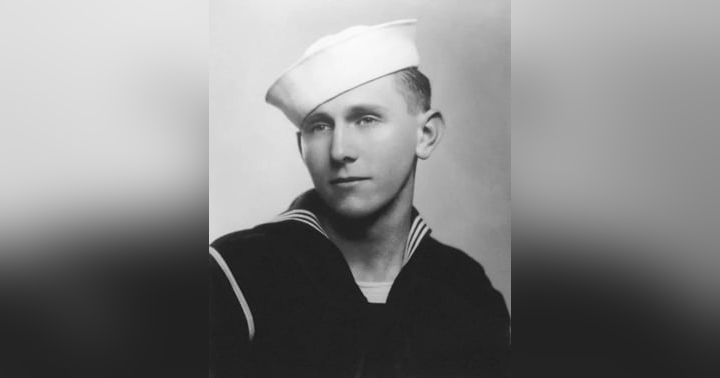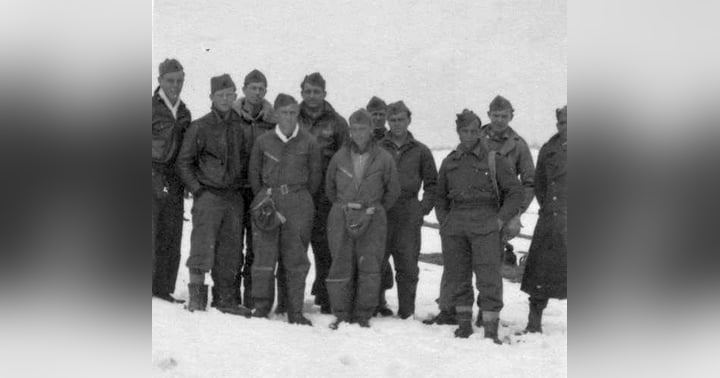The Pancho Villa Expedition

The Pancho Villa Expedition, also known as the Mexican Expedition, was a U.S. military operation from March 1916 to February 1917, aimed at capturing the Mexican revolutionary leader Francisco "Pancho" Villa. The expedition was launched in response to Villa’s raid on Columbus, New Mexico, on March 9, 1916, where several American civilians and soldiers were killed. Villa, once a prominent figure in the Mexican Revolution, had lost influence and began conducting raids along the U.S.-Mexico border, culminating in the Columbus attack. In retaliation, President Woodrow Wilson authorized the expedition, led by Brigadier General John J. Pershing, to pursue and capture Villa and his forces. The campaign marked a turning point in U.S. military history, being the first to use aircraft and motorized vehicles, symbolizing a shift from traditional horse-mounted cavalry to more modern military strategies. Despite these innovations, the expedition faced significant challenges, including difficult terrain, harsh conditions, and Villa's deep knowledge of northern Mexico, which helped him evade capture. The operation also strained diplomatic relations with Venustiano Carranza, the Mexican president, who viewed the U.S. military presence as a violation of Mexican sovereignty. Tensions escalated after U.S. and Mexican forces clashed at Carrizal in June 1916, nearly leading to war between the two nations. Despite its ambitious goals, the expedition ultimately failed to capture Villa, and after nearly a year of pursuit, U.S. forces were recalled in early 1917 as the country prepared to enter World War I. Though it did not significantly disrupt Villa's operations, the campaign did reduce the frequency of cross-border raids. The Pancho Villa Expedition is often remembered as a precursor to the U.S. military’s later involvement in global conflicts, as it introduced the use of modern technology and tactics in warfare.



